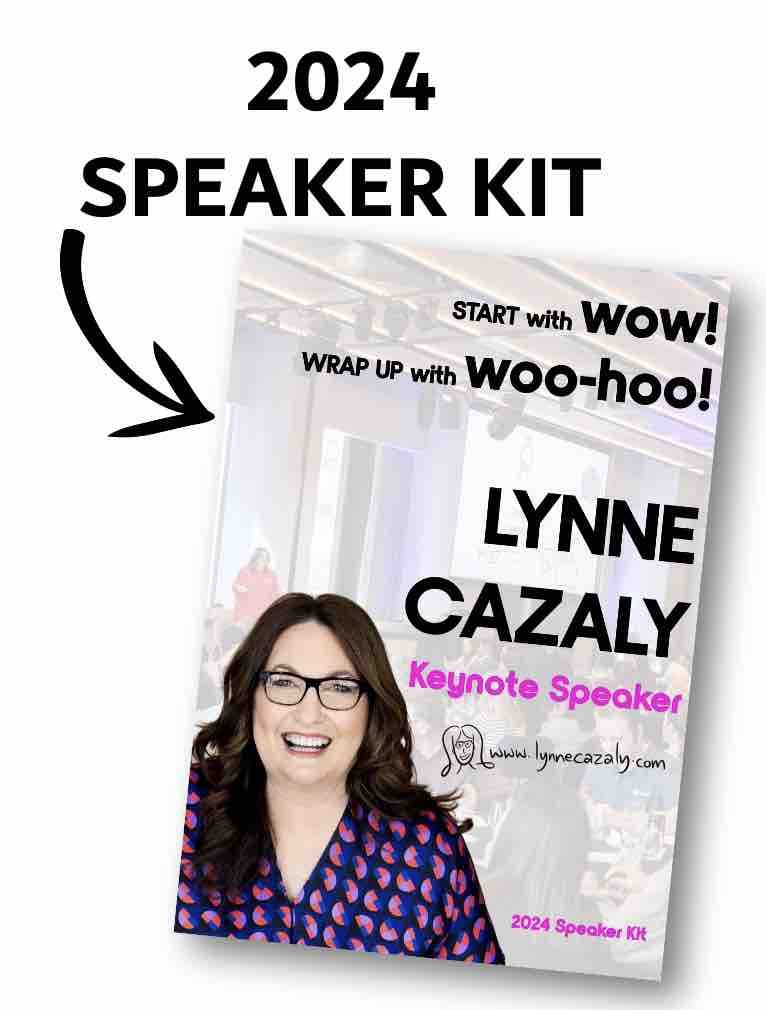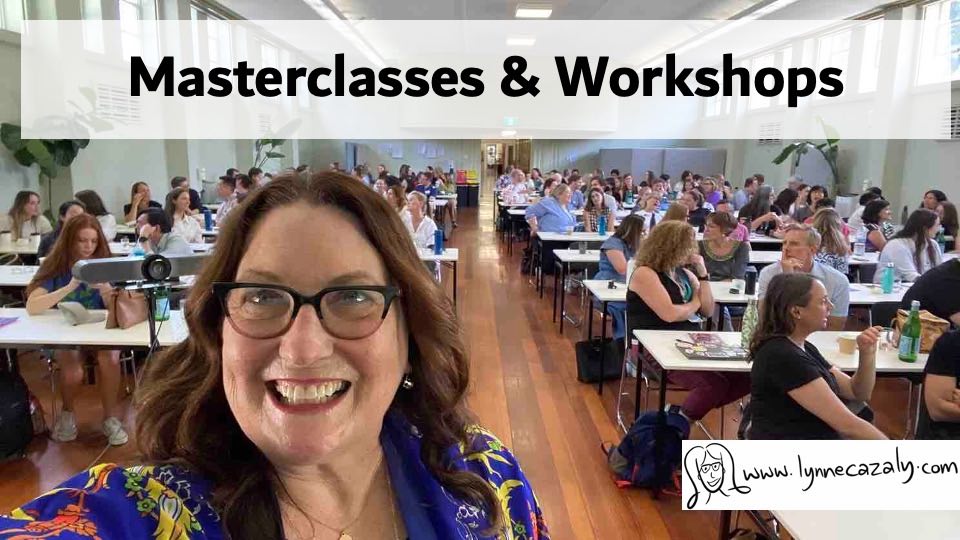Opening a can of worms
 Monday, September 3, 2012 at 5:24PM
Monday, September 3, 2012 at 5:24PM When your team or group gets together for some strategy, planning or important conversations, often what you plan to work on or think you need to work on is not the real issue. Real issues can be sitting below the surface.
In a planning session with a client recently we talked about what might be below the surface. ‘I don’t think we want to go there’, ‘that’s a can of worms and it’s more trouble than it’s worth’, ‘if we go there we’ll never get out!’ they said.
There can be a feeling that some of those big issues or topics will be too big and you’ll never get back on track, or it will be too touchy or difficult. Sometimes you might think it’s not important for the work you’re doing anyway… or you can plan the strategy without having to go there.
But time and time again in strategic planning sessions, retreats and company fireside chats with clients, the value of ‘going there’ can be seen.
A board team I worked with who had a bright and creative agenda mapped out for the weekend, needed to take a right hand turn early on to deal with some fundamental financial and strategic issues. We went there. Our original agenda and plan shifted and changed. For some, that was uncomfortable. But we did what was needed… and we got back and continued on.
One of my clients recently said : “Lynne was indeed the glue that held the discussion together while at the same time allowing the conversation to go where it needed to go, as touchy as it was...”
Good facilitation skills will give you the confidence to go to that topic and work with the team to address it.
But if you're not going to open up the can, then at least name and say what the can of worms is - a bit like reading the ingredients label on a product from a supermarket shelf. And there's a lot more of that happening these days!
A helpful meeting tool to start with the facts, move to opinions, generate ideas and commit to actions is my Facilitator 4-Step from a few issues back.
So go on, open the can. Most cans of worms only have a couple of worms in them anyway and once they’re out, so many other things are easier to address and clearer to tackle. And the energy you now have – because you’re not stifling or dancing around those worms – is better redirected to the real game, the other issues and the important work of the team. Now where is that can opener? Oh, it's got a ring pull top - great!
















